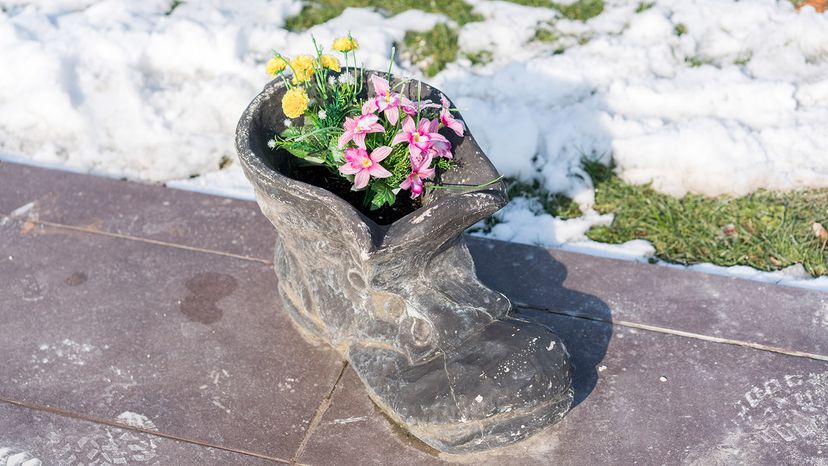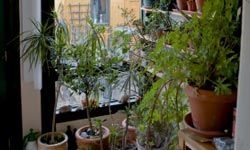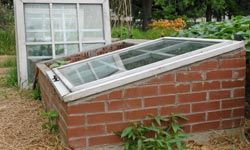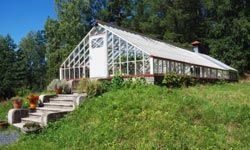
French existentialist writer and philosopher Albert Camus once said, "In the depths of winter I finally learned there was in me an invincible summer." Never is that more true than with gardening in winter.
One traditionally pictures a winter garden as stark and bleak, banked with snow and leaves. Just under the surface, however, a winter garden teems with life. Spring bulbs quietly await their blooming, sugar maples store up sap, and gardeners eagerly anticipate the more prosperous seasons ahead.
Advertisement
Even though winter is a quiet season, there's still plenty of work to be done. The cold months of December through March provide a perfect opportunity for building cloches, cold frames and even greenhouses, which enable gardeners to extend the harvest season. Also, winter is a great time to start early spring crops from seed. Finally, since winter reveals a garden's framework, it's an ideal time (frozen ground permitting) to dig new beds, lay paths, and gather sticks for staking beans and peas.




